Beginners Driving Test - Nova Scotia
1/127
There's no tags or description
Looks like no tags are added yet.
Name | Mastery | Learn | Test | Matching | Spaced |
|---|
No study sessions yet.
128 Terms
Which side of the road should you always drive on?
The Right
What are the three stages of GDL
1) Learner’s License Stage
2) Newly Licensed Stage
3) Restricted Individual Stage
What restrictions are there on the restricted individual stage
No alcohol/drugs
Cannot be supervising driver (midnight - 5am)
How many demerit points are taken if alcohol is in your system during the restricted individual stage?
4 Points
For visitors, how many days can you travel in Nova Scotia without a Nova Scotia driver’s license?
90 Days
To save fuel, what should you do?
1) Don’t drive aggressively (no quick starts/hard stops)
2) Drive posted limit
3) Don’t idle for 10sec +
4) Plan ahead
5) Drive only when you need to
6) Use the vehicle air conditioner sparingly
7) Measure the inflation level of tires once per month
8) Use cruise control
9) Maintain the vehicle properly
What does 6 demerit points cost you?
6 months’ suspension of driving.
What happens if the traffic lights are not working?
Treat the intersection as a multi-stop.
When can you turn left on a red light?
Only going from a one-way street to another one-way street.
You must ___ to cars turning right NOT left
Yield
What do you do if an emergency vehicle is approaching you?
Pull off to the side and stop completely.
How far away must you be from an emergency vehicle (parked and following)?
150m
True or False: You can drive over a fire hose (when not directed to by police or others).
False. You cannot drive over a firehose, only when directed by someone to do so.
What is considered an oversized vehicle?
12.5m Length
2.6m Width
4.15m Height
Mirrors 20cm on each side
What is the reaction time and braking distance if you’re travelling 50km/hr
Reaction time: 35m
Braking distance: 28m
What is the reaction time and braking distance if you’re travelling 80km/hr
Reaction time: 56m
Braking distance: 84
What is the reaction time and braking distance if you’re travelling 100km/hr
Reaction time: 69m
Braking distance: 136
What is the reaction time and braking distance if you’re travelling 110km/hr
Reaction time: 76m
Braking distance: 136m
Where are your blind spots?
Back right and back left.
What is the “Two second rule”
“One thousand and one, one thousand and two”
Carrying loads at night, you should mark your vehicle how?
Amber/red light is seen 60m away.
Carrying loads during the day time, you should mark your vehicle how?
Flag (300mm X 300mm). If ONLY the load is 1m from the vehicle.
Speed limit is assumed to be what in residential areas?
50km/hr
Speed limit is assumed to be what on highways?
80km/hr
Hand position on the steering wheel is what?
9/3 o’clock OR 10/2 o’clock
While driving on left curves you should?
Drive more to the middle
While driving on right curves you should?
Drive more to the right.
What are the hand positions for left, right, and stop?
Left: arm is straight.
Right: arm is bent upwards
Stop: arm is bent downwards
What should you not do when being passed by someone?
Do not speed up, and lean toward the left. You must pull toward the right side of the lane.
What should you do if you plan to pass someone?
Use your horn and low beams during the nighttime. Do NOT speed up.
When is passing illegal?
When you cannot see 150m ahead of you.
What is the assumed speed of a round about?
30km/hr OR 50km/hr
How far should your vehicle’s tires be from the curb when parked?
15cm
Where can you NOT park?
On a crest/hill, if you cannot see 150m ahead of you.
Within 5m of a crosswalk
Within 5m of the fire hydrant/driveway entrance of a fire station.
Within 7.5m of an intersection
Within 10m of a flashing roadwork sign.
Within 15m of a railway crossing
In the space of a disability without one
1.5m from another parallel-parked car.
When parking uphill, you should turn your tires
With curb: \\
Without curb: //
When parking down hill, you should point your tires
With curb: //
Without curb: //
Where are the rest ares usually located?
150-200km
It is illegal for a commercial motor vehicle to follow within this distance of a normal vehicle.
60m
What are common car-bike collisions?
Right hook
Left cross
Getting doored
You must be how many meters away from a school bus?
20m
When are studded tires legal?
Oct 15 - April 30
True or False: Any police officer, inspector appointed by minister can inspect your car.
True.
Tires must have a tread depth of what?
1.5mm
How far away must your plate be seen?
15m
You should out if your headlights on if you cannot see
300m in front of you
How far away should your brake lights be seen from?
100m
How far away should your horns be heard from?
60m
How far should your signal light be seen from if your vehicle is less than 2.05m wide?
100m
How far should your signal light be seen from if your vehicle is greater than 2.05m wide?
150m
In the child restraint system, what should your child be if they are between birth and 10kg?
Rear-facing infant seat.
In the child restraint system, what should your child be if they are between 10kg and 18kg?
A forward-facing car seat (child seat).
In the child restraint system, what should your child be if they are between 18 kg+ but less than 4’9”
Booster seat.
You must file a police report if the accident is
$2000+
Caused death or injury
During nighttime driving you should:
Always put your headlights on if you cannot see 300m in front of you.
Dim your lights if you are approaching a car 150m away.
Dim your lights if following another car 60m away.
When entering a school zone from a 50km/hr speed limit, what is now the speed limit?
30km/hr. However, if the speed limit was over 50km/hr the speed limit would be considered 50km/hr in the school zone.

Give permission
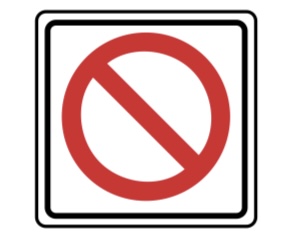
Deny permission
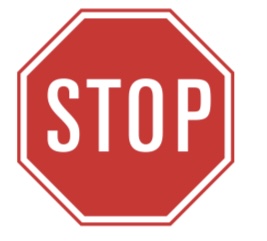
Stop sign
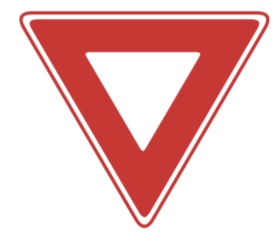
Yield

School Zone

Crossbuck sign
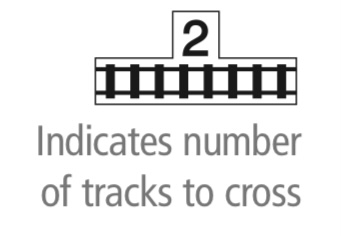
Number of tracks to cross
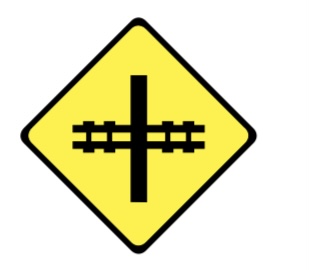
Warning of a railway crossbuck sign
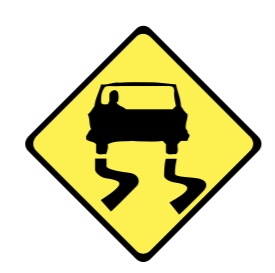
Slippery when wet
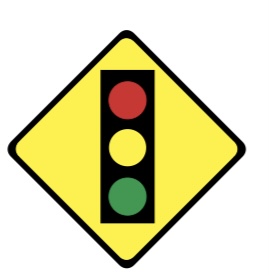
Traffic signal lights ahead
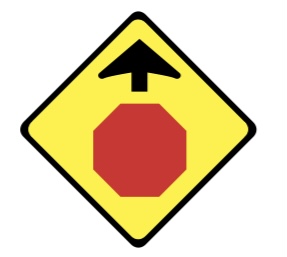
Stop sign ahead
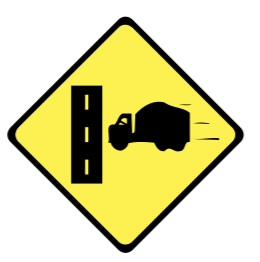
Truck entering

Pedestrian crosswalk
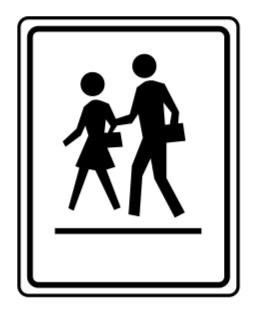
School Crosswalk
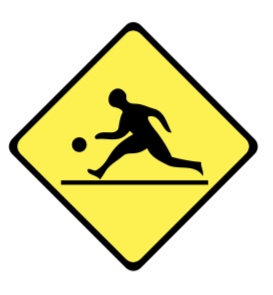
Playground
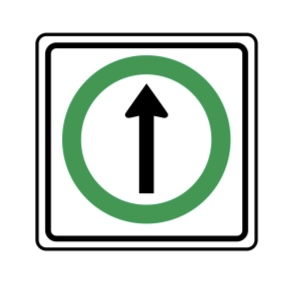
No turns
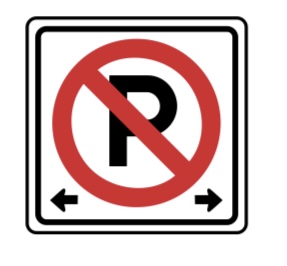
No parking in either direction of this sign

Truck route

No right turn on red signal

No left turn permitted
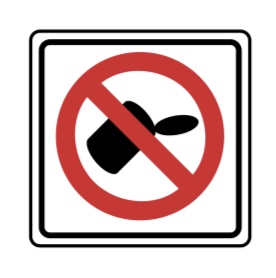
Do not litter
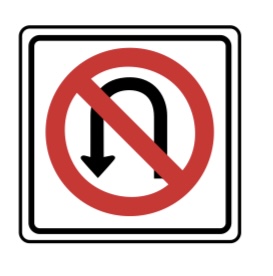
No U-turn permitted
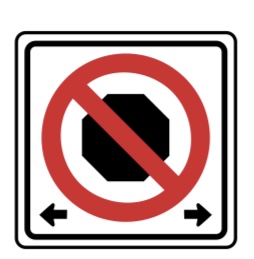
No stopping

Passing permitted

One-way sign

Do not pass
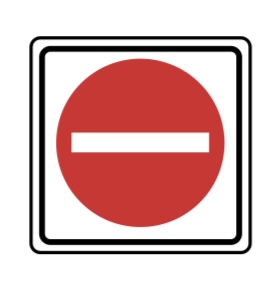
Do not enter
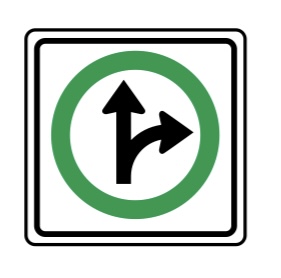
Through or right turn only
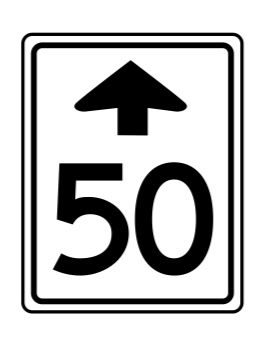
Change in maximum speed limit ahead
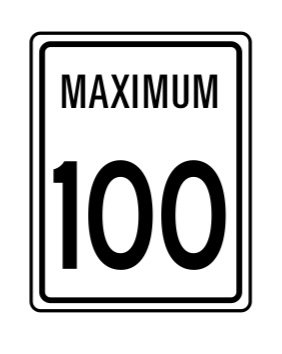
Maximum speed limit
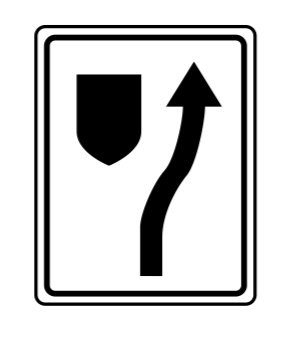
Keep to the right of the traffic island or obstruction
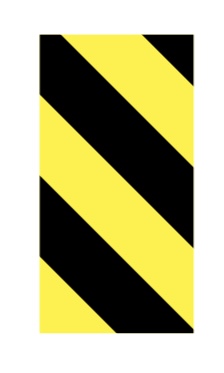
Hazard warning. Keep to the right.
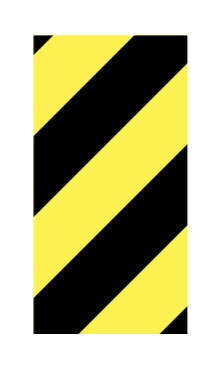
Hazard warning. Keep to the left.
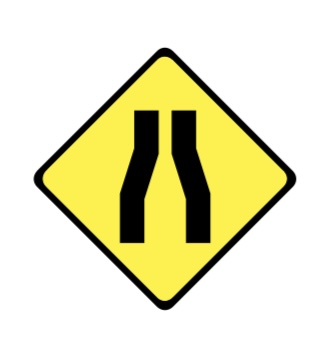
Road narrows ahead
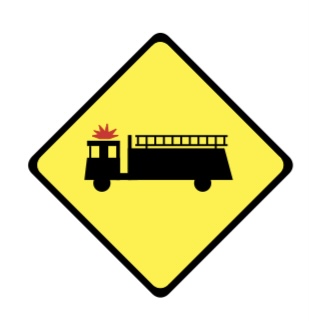
Fire truck entrance ahead
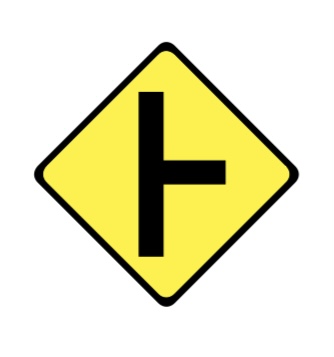
Hidden intersection ahead

Steep decline ahead

Bump or rough road ahead.

Divided highway ends
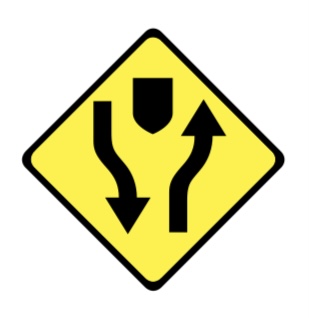
Divided highway begins
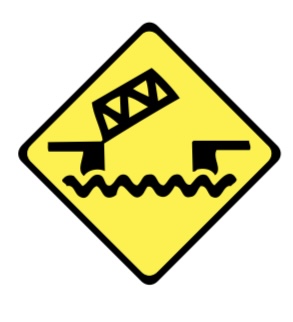
Bridge opening
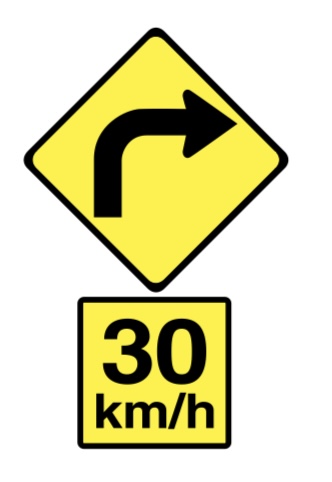
Right curve ahead

Narrow structure ahead

Right lane ends
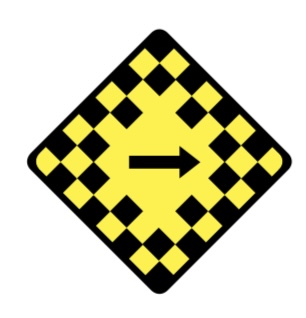
Sharp turn or bend in the roadway ahead